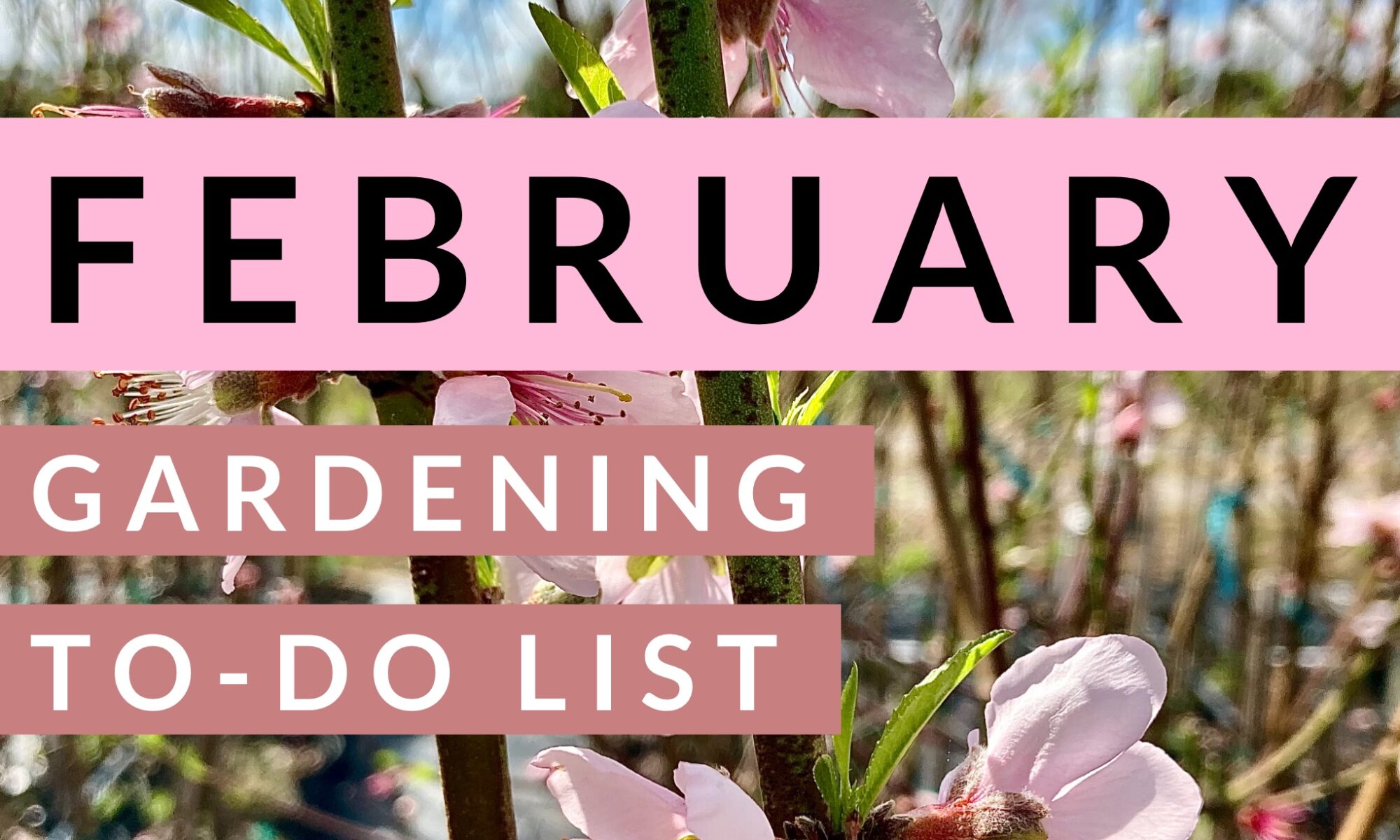February is prime vegetable season for much of the warmer regions in the US. So despite some of the frosts and mild freezing this year, there are still many enjoyable tasks ahead in the garden. Plus, it’s the perfect planning season for the food forest. As soon as the danger of frost is past, orchards and agroforestry rows will be popping, so if you don’t have a design and long-term plan for your site… this is the best time to do it! This Garden To-Do list for February will help you cover all the bases on your homestead in order to be ready for an abundant spring. For the To-Do List for USDA Zones 3-8, CLICK HERE.
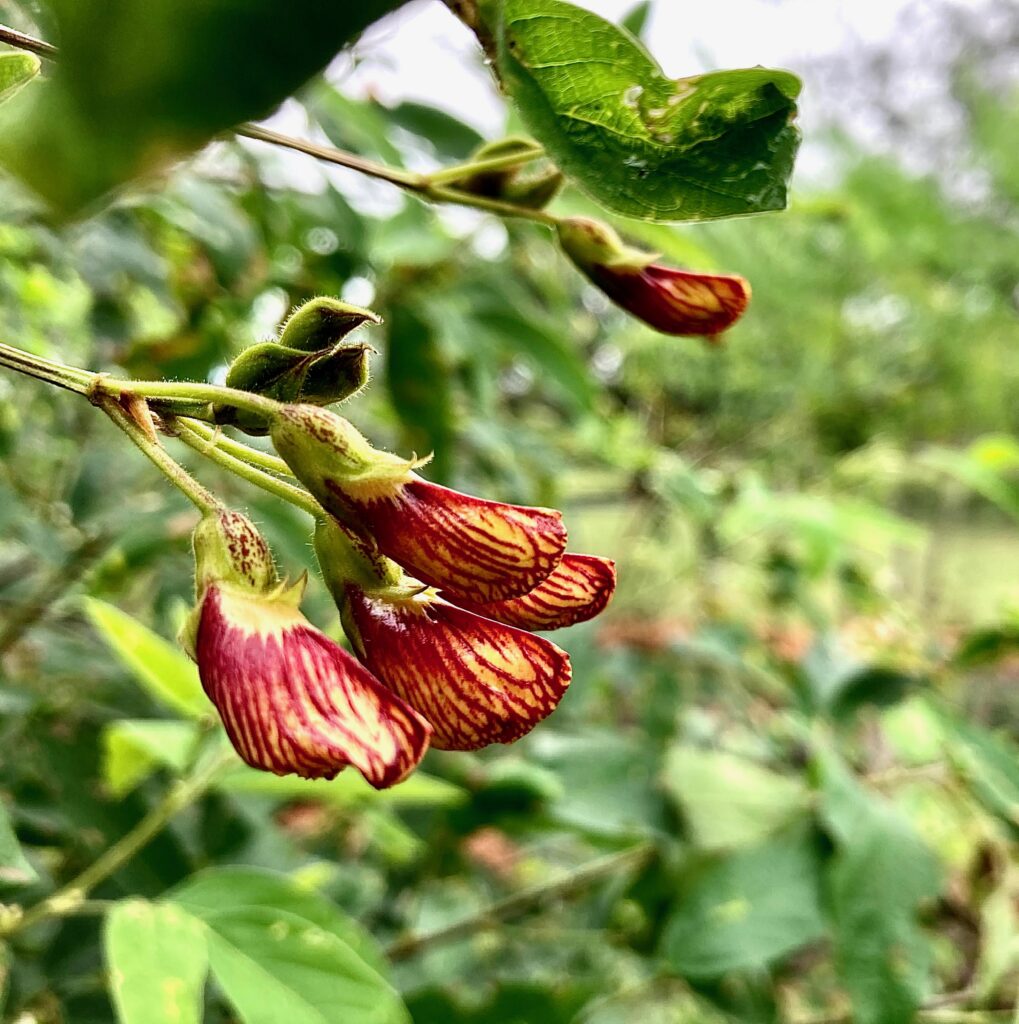
In the Garden
- To Transplant: Greens, arugula, beets, brassicas, cabbage, eggplants, peppers, and tomatoes.
- To plant by seed: beans (all kinds), melons, corn, cucumbers, okra, onions, radish, squash, turnips, watermelon.
- Bulbs: Ginger and Turmeric can go in now. We recommend spiral ginger, blue turmeric, and galangal for a bit of exotic variety. There is a great company in Central Florida (who ships nationwide) that has organic ginger, called A Natural Farm. Let them know we referred ya!
Annuals to Plant
- Sunflowers
- Snapdragons
- Violas and Pansies
- Nasturtiums
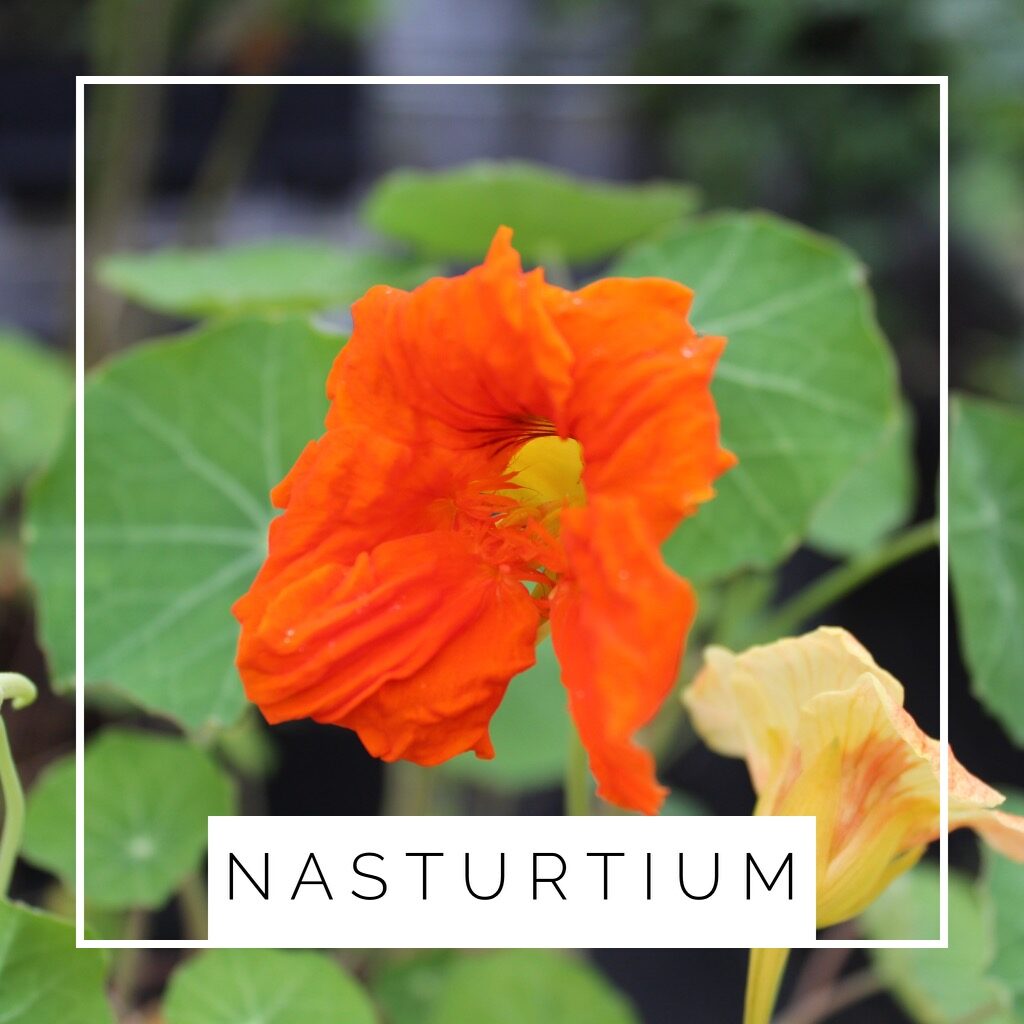
Perennial Flowers and Around the House
- Mulching! This is the optimum time to mulch and start applying a layer of compost to your garden and food forest areas (especially end of February). Many regions have tree service companies that will deliver wood chips for free if you call and ask them. Get ready for a dump truck load!
- Empty and Sterilize Bird Houses (and feeders): You want to have this completed by mid-month, so you are ready for the spring nesting season. To disinfect, I use Shaklee Basic H and/or G. You can find it by clicking here
- Start ordering your organic soil amendments for spring (compost, mushroom compost, manure, etc.)
- Finalize your seed orders. Use companies that have organic and non-GMO seeds. I really like Baker Creek and Seed the Stars.
- Dig new swales and cover with straw or winter wheat seed to prepare for spring gardens.
- Get a permaculture consultation to help you plan your property, food forest, and homestead. Don’t wait until spring!
Food Forest & Orchard
- Mulch, mulch, mulch! Lots of compost and manure applications by the third week of February.
- Fertilize blueberries
- Plant cold hardy trees and shrubs while they are in (or close to dormancy). In Central Florida, this is the perfect time to plant peaches, plum, nectarine, mulberries, elderberries, persimmon, peach, etc. Always plant (and water well) when they are dormant. Never plant trees when they are in the flowering phase. You want as much energy as possible to go to the root system. First year fruit trees should NOT be allowed to bear fruit (pick them off), but it’s ok to allow some berry bushes to fruit the first year.
- NOTE: Wait to plant tropical trees like avocado, mango, strawberry tree until Easter.
- Cover Crops: Durana clover (or other clover mixes) can be planted during warm spells, and red winter wheat can also be planted for chicken forage. There are also other cold season cover crops that can be interplanted, like radish, turnip, beet, etc.
- Order organic orchard supplies for the coming season – be sure to look for holiday sales! Include seaweed extract, BioAg, neem oil, and fish emulsion. Get ready for spring foliar spraying.
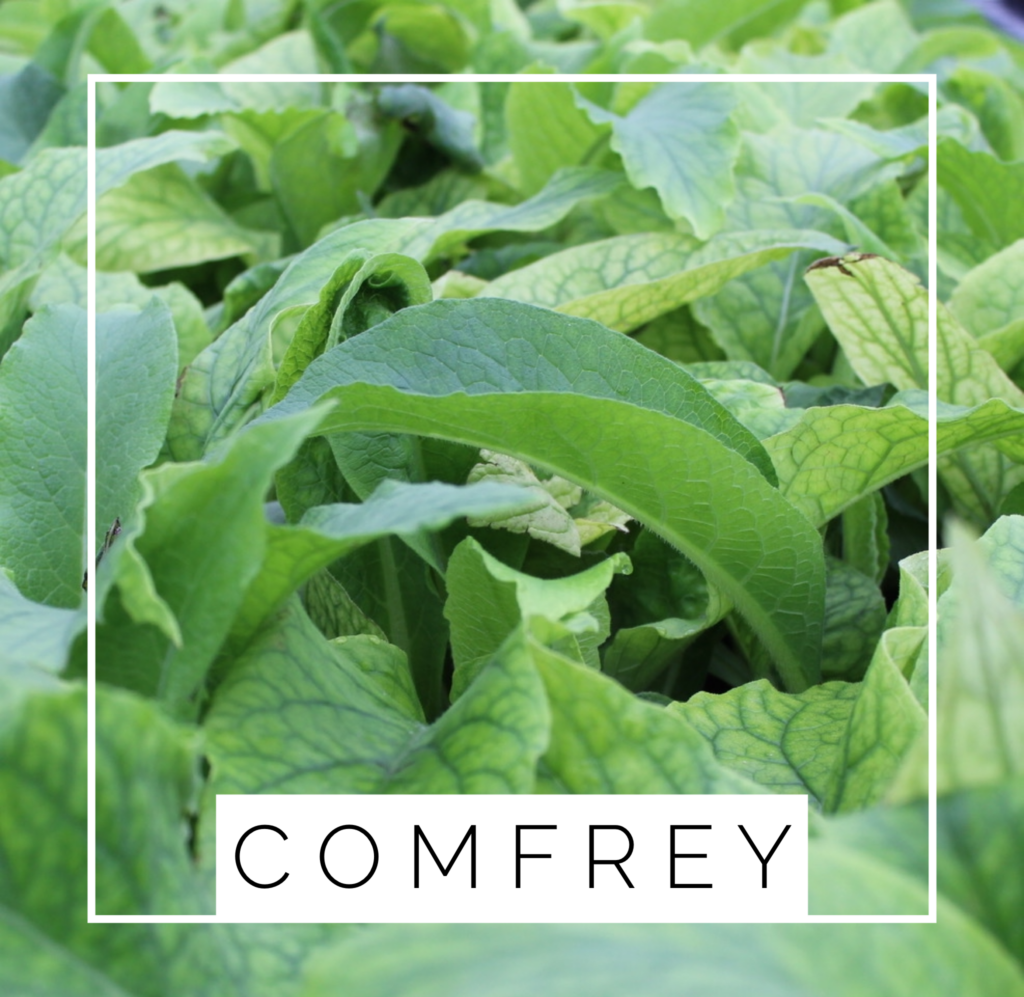
Pasture
- Plant lespedeza, millet (last half of month if weather is ok), could possibly plant corn or sunflowers for silage.
- Some clovers can be planted at this time, if there is a 5-7 day window of warmer evening and rain.
- Dormant comfrey (bocking 14 variety only) can be planted now for minerals.
- Turnips and radishes (especially daikon) can be planted in food plot areas as well. Just be sure to water until they are established.
- GOATS: If you have goats, you can feed them used Christmas trees for an extra boost of vitamin C and antioxidants. Deworm using Basic H (see next note).
- CATTLE: Deworming can be done using Joel Salatin’s method of using 1tsp of Basic H per gallon of water or 1/3 cup for a 50 gallon watering trough. I prefer the original Basic H instead of the Basic H2 though. It comes in a 5 gallon bucket, which is a great opportunity to go in with another farmer to purchase. It will last for YEARS! CLICK HERE TO ORDER
In the Shed
- Check mouse traps frequently. Add cotton balls with peppermint oil to deter rodents. This time of year it is common for mice to start having babies, especially in the greenhouse.
- TIP: Make a tool oiling bucket by filling it with sand and adding a pint or two of oil. You can use old motor oil from your car or even olive olive. Put shovels and spades in this to remove rust and keep oiled.
- Look for estate sales that might have garden tools. The best tools are often the old wooden handled ones – skip the new ones. Most of the time, they are overpriced and not made with the quality standard they used to be.
In the Chicken Coop
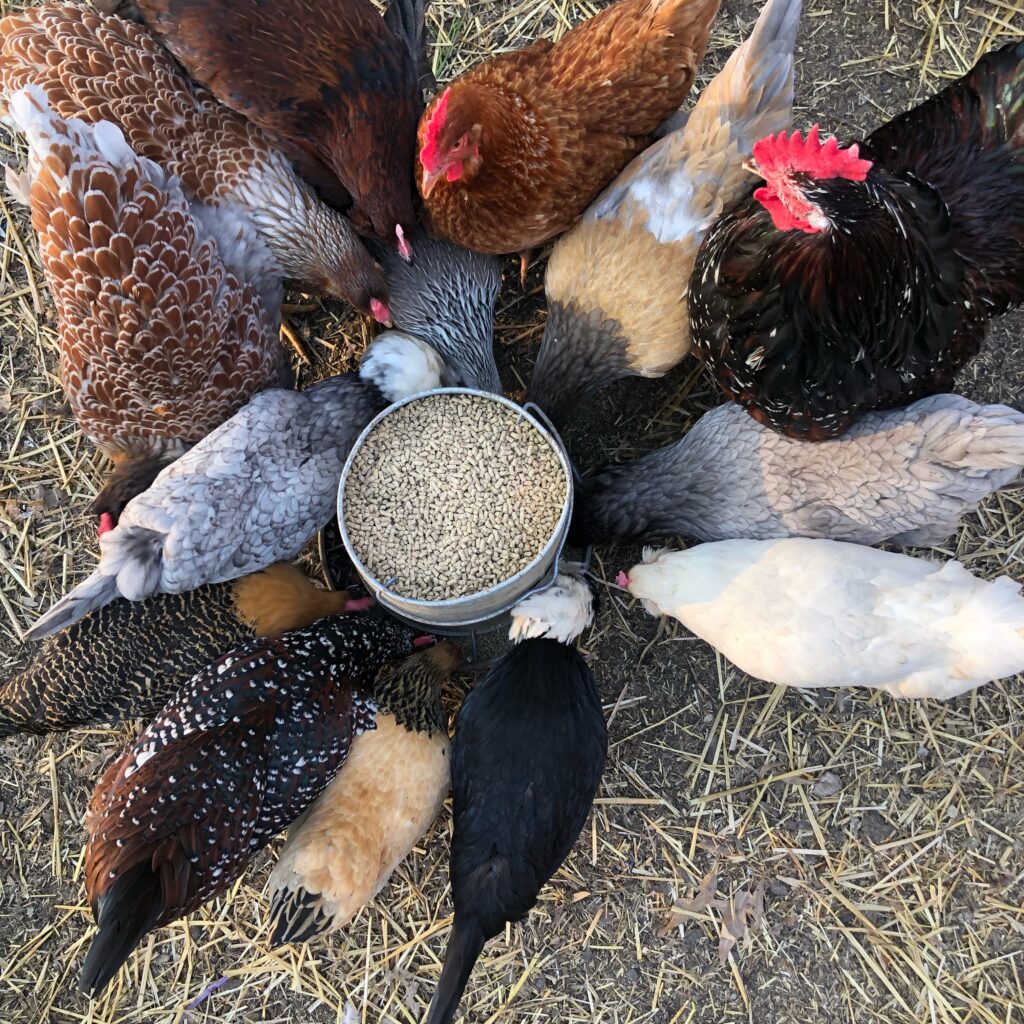
- Feed extra protein (meal worms, black oiled sunflower seeds, bugs, etc.) to help them during their own recovery season.
- Do NOT let a hen go broody yet. Wait until the end of February. The weather fluctuates too much this time of year and that can make it a hard hatch for your girls.
- Consider hatching eggs indoors in an incubator. Use a reputable company for ordering OR use your own fertilized eggs. Collect hatching eggs and store in the refrigerator for up to 36 hours before putting in the incubator.
- Do NOT use supplemental lighting to increase egg production. Chickens need this off season to let their bodies rest. Let them have a natural rhythm of rest too.
- Add a small amount of corn or millet to their diet to help with caloric intake in the winter months. This helps keep them warm naturally. NEVER use heat lamps in a coop or run.
- Purchase suet blocks (>5% protein) as you see them on sale. The fat content helps birds stay warm for the winter. (click here for more tips on keeping birds warm)
- Rotate straw and bedding in the coop to keep things clean and sanitary.
- Give healthy protein / omega 3 treats: One cheep way to do this is to go to a local pet store and get feeder fish (cheep minnows). Put them into a shallow tray (with a bit of water) and watch the birds catch them! You can also purchase live crickets from pet stores and feel them fresh veggies for a day or two. Feed several per day to your birds for a healthy winter treat.
- Deworm using Joel Salatin’s suggested organic method, using Shaklee’s Basic H. 5 drops for chickens in 1 gallon of water. Click here for order info. NOTE: He recommends using the original Basic H as opposed to Basic H2.
Winter Ideas for Kids

- Go on a hike and look for deer runs and fallen deer antlers.
- Look for wood ear mushrooms! They love the warmer winter days this time of year and are absolutely delicious. Not to mention, they have no “inedible” look a-likes, so are a safe variety for new mushroom hunters to harvest.
- Attend a local gardening, mushroom, or permaculture event in your area.
- Schedule a property consultation to get a professional plan for your property!
- Have kids help you pick out seeds for next year in the seed catalogues. Consider giving them their own section of the garden to plant in the spring. Have them cut out pictures from your seed catalogue to make a collage to inspire them to plant with you in the spring.
Please follow and like us:

